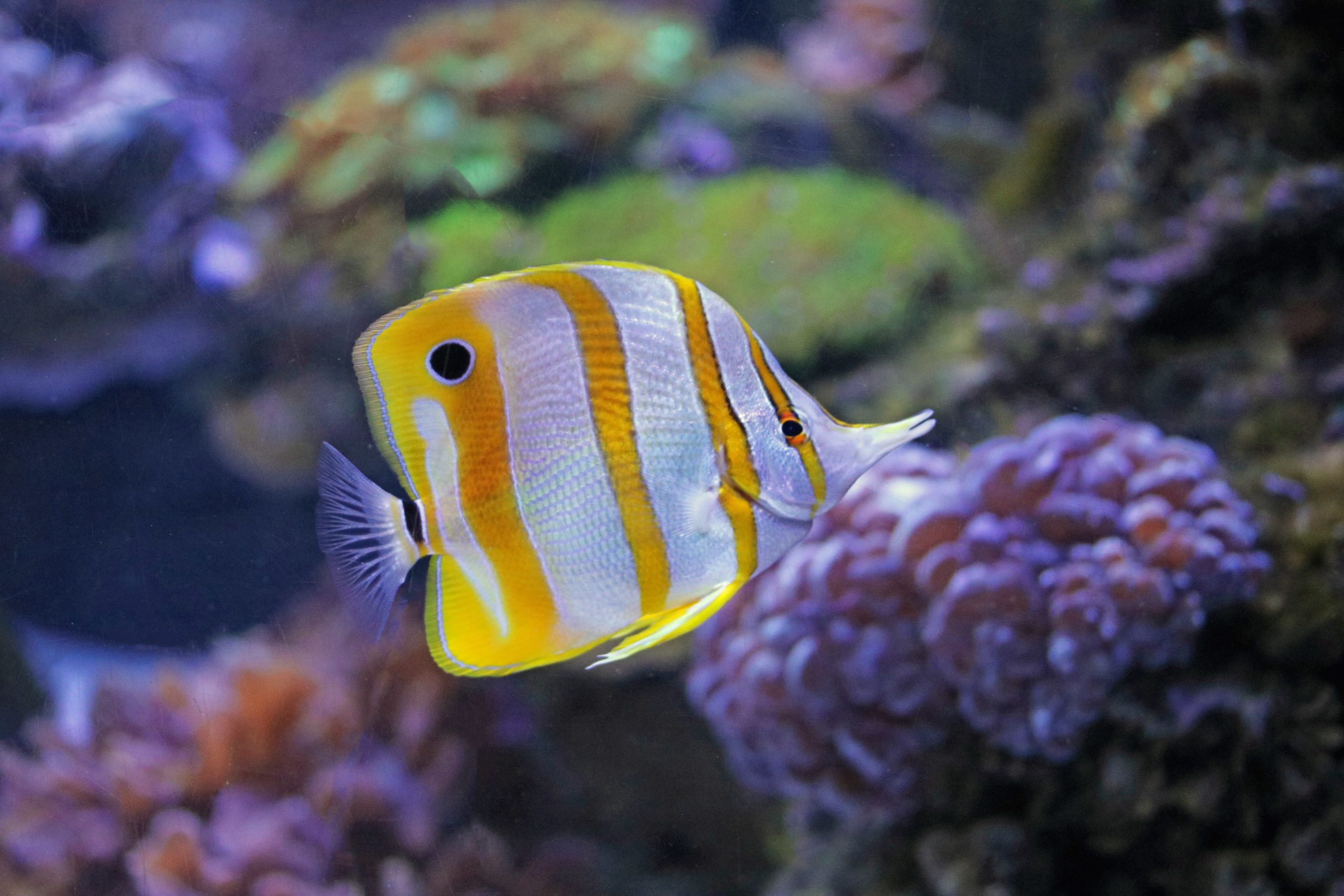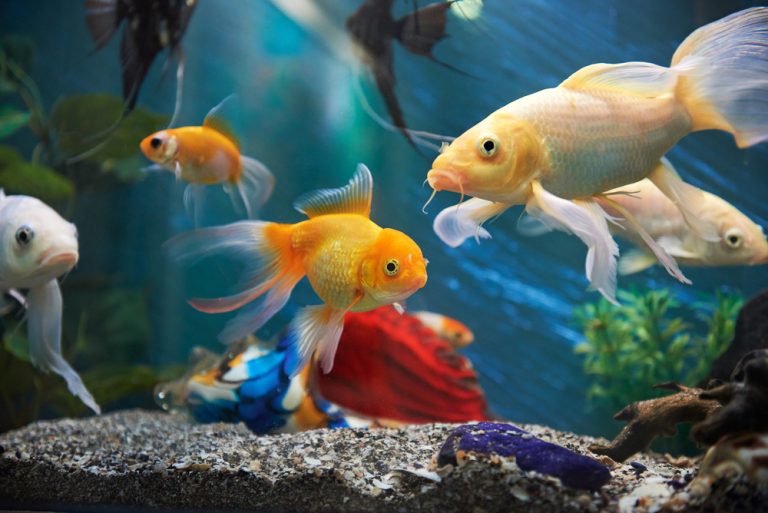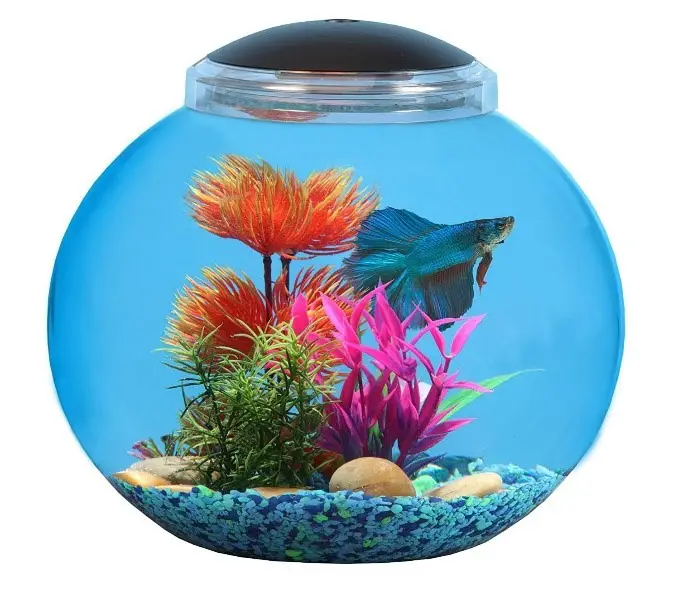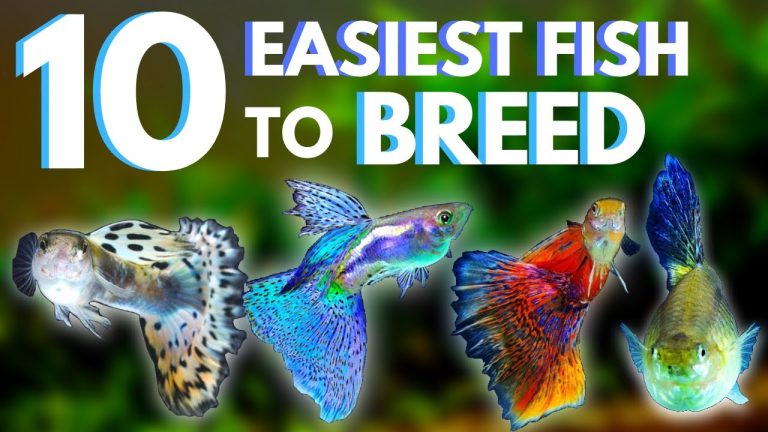Copperband Butterflyfish
Copperband Butterflyfish: An Exquisite Addition to Your Aquarium
Are you looking to add a touch of beauty and elegance to your aquarium? Look no further than the copperband butterflyfish. With its vibrant colors and graceful movements, this fish is sure to captivate your attention and become the centerpiece of your underwater world. In this article, we will delve into the fascinating world of the copperband butterflyfish, exploring its appearance, habitat, behavior, care requirements, and more. So, let’s dive right in and discover why this fish is a popular choice among aquarium enthusiasts.
Appearance
The copperband butterflyfish, scientifically known as Chelmon rostratus, is a visually striking creature. Its body is elongated and laterally compressed, with a distinctive protruding snout. The fish’s coloration is a stunning combination of coppery orange and yellow bands that cover its body horizontally. These bands are complemented by a black stripe that stretches across the eyes and extends towards the snout. This unique pattern makes the copperband butterflyfish a true marvel to behold.

Habitat
Copperband butterflyfish are typically found in the warm tropical waters of the Indo-Pacific region, ranging from the eastern coast of Africa to the western Pacific Ocean. They inhabit coral reefs and lagoons, where they seek refuge among the branching corals and rocky crevices. The fish favors waters with a temperature of around 75-82°F and a pH level of 8.1-8.4. They thrive best in areas with moderate water flow and plenty of hiding spots.
Behavior
Copperband butterflyfish are generally peaceful creatures, making them an excellent addition to a community aquarium. They are known for their calm and gentle nature, rarely showing aggressive behavior towards other fish. However, caution should be exercised when introducing them to aggressive or territorial species, as the copperband butterflyfish may become stressed or bullied. It is advisable to keep them in a tank with similarly peaceful fish species.
Diet
In the wild, copperband butterflyfish primarily feed on small invertebrates such as worms, crustaceans, and coral polyps. To cater to their dietary needs in captivity, it is recommended to offer a varied diet consisting of live or frozen foods such as brine shrimp, mysis shrimp, and krill. Additionally, they can be trained to accept high-quality prepared foods such as flake or pellet food. Ensuring a diverse and balanced diet is crucial for the health and well-being of your copperband butterflyfish.
Tank Requirements
Providing the right environment is essential for the overall well-being of your copperband butterflyfish. Here are some key factors to consider when setting up their tank:
1. Tank Size: Aim for a minimum tank size of 75 gallons to accommodate the swimming space and hiding spots necessary for these fish to thrive.
2. Water Quality: Maintain pristine water conditions by regularly monitoring temperature, pH levels, and salinity. Perform regular water changes and use a high-quality protein skimmer to remove organic waste.
3. Filtration and Flow: Copperband butterflyfish prefer moderate water flow. A good filtration system, along with powerheads or wavemakers, will help replicate their natural habitat.
4. Lighting: Choose lighting that mimics the intensity and color temperature of sunlight to promote the growth of beneficial algae and create a visually appealing environment.
Compatibility
When it comes to tank mates, copperband butterflyfish are generally compatible with a variety of peaceful and non-aggressive species. Some suitable companions include clownfish, gobies, tangs, and other butterflyfish. Avoid mixing them with aggressive or territorial species, as the copperband butterflyfish may be outcompeted or harassed. Additionally, it is recommended to introduce tank mates of similar size to minimize the risk of predation.
Challenges and Tips for Success
While the copperband butterflyfish is a stunning addition to any aquarium, it does come with certain challenges. Here are some tips for ensuring the well-being and longevity of your fish:
1. Acclimation: Take your time when acclimating the copperband butterflyfish to its new environment. Proper acclimation reduces stress and increases the chances of successful adaptation.
2. Feeding: The copperband butterflyfish can be notoriously picky eaters, especially when first introduced to captivity. Offer a variety of foods and be patient until they begin accepting prepared foods.
3. Coral Compatibility: While copperband butterflyfish are generally reef-safe, there have been cases of them nipping on coral polyps. Pay attention to their behavior, and if necessary, choose corals that are less likely to be targeted.
4. Quarantine: It is advisable to quarantine new additions to your tank, including the copperband butterflyfish, to minimize the risk of introducing diseases or parasites to your established aquarium.
Frequently Asked Questions
Can copperband butterflyfish be kept in a reef tank?
Yes, copperband butterflyfish can be kept in a reef tank. However, caution should be exercised as there have been instances of them nipping on coral polyps. Choosing less susceptible coral species and providing ample hiding spots can help mitigate the risk.
How long do copperband butterflyfish live in captivity?
With proper care and a suitable environment, copperband butterflyfish can live up to 5-7 years in captivity. Factors such as water quality, diet, and tank mates can influence their lifespan.
How can I encourage my copperband butterflyfish to eat prepared foods?
Copperband butterflyfish can be picky eaters initially. To encourage them to accept prepared foods, try soaking the food in a vitamin supplement or garlic extract to enhance its appeal. It may take some time and persistence, but eventually, most copperband butterflyfish can be trained to accept a varied diet.
Final Thoughts
The copperband butterflyfish is undoubtedly a mesmerizing fish that can breathe life into any aquarium. Its vibrant colors and peaceful disposition make it a favorite among fish enthusiasts. By providing a suitable environment, a balanced diet, and compatible tank mates, you can ensure the happiness and longevity of your copperband butterflyfish. So, why not bring a touch of elegance and sophistication to your underwater world with a copperband butterflyfish?






